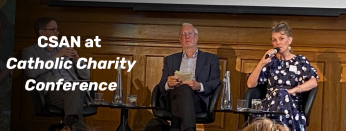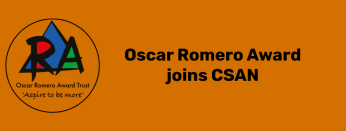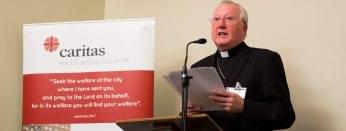The Department for Communities and Local Government today published Dame Louise Casey’s review into integration and opportunity in isolated and deprived communities.
In section 8.2 of the review, highlighting the contribution to society of faith-based work, Caritas Social Action Network is mentioned along with two others as examples of faith-based organisations who “undertake social action and help make local communities in Britain a better place to live”.
Dame Louise describes this work as “selfless, often unremarked upon in society, but can have a dramatic impact in relieving individual human anguish and suffering”.
She wrote, “For all those involved, faith is not something incidental to their actions. It is fundamental: the font, the origin, the thing that makes these people who they are and do what they do. To them, their faith is realised in action: in commitment to others; in caring; in compassion; in an all-embracing feeling of solidarity.”
Dame Louise said that in her research she “heard a great deal about the work of churches, mosques, synagogues and temples” in addressing a range of social justice issues including care for the sick, elderly and socially excluded; the education and protection of children; feeding, clothing and housing the poorest in society; and fighting the trafficking of women and children.
The Government welcomed the Casey Review as a ‘valuable contribution’ to the integration debate, with the communities secretary Sajid Javid having announced he will report back on the findings in full in the New Year.
Notes
- The aim of the review was to “consider what divides communities and gives rise to anxiety, prejudice, alienation and a sense of grievance” and to “look again at what could be done to fight the injustice” that results in unequal opportunities due to wealth, background and gender.
- The review involved engagement with over 800 public servants, religious representatives, teachers, pupils and local leaders and more than 200 submissions from think tanks, community groups, academics and others.
- The review can be read in full here.






